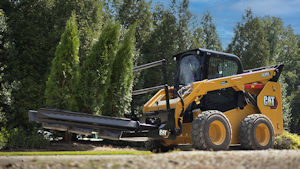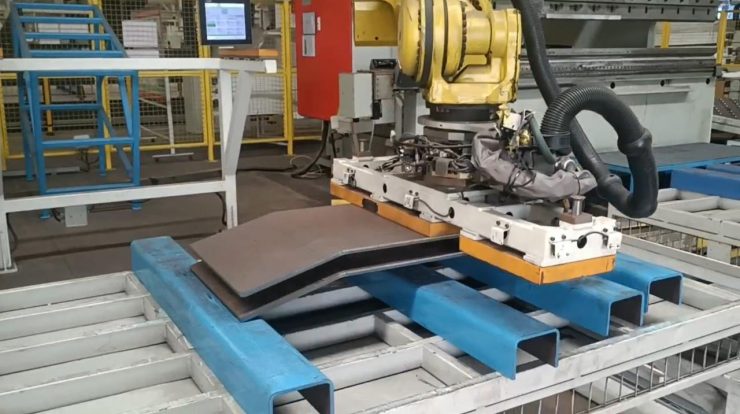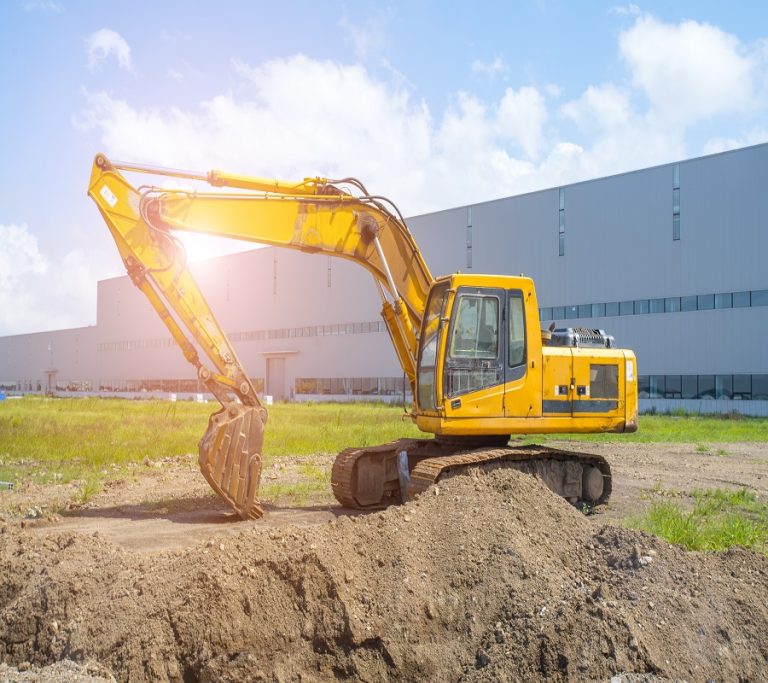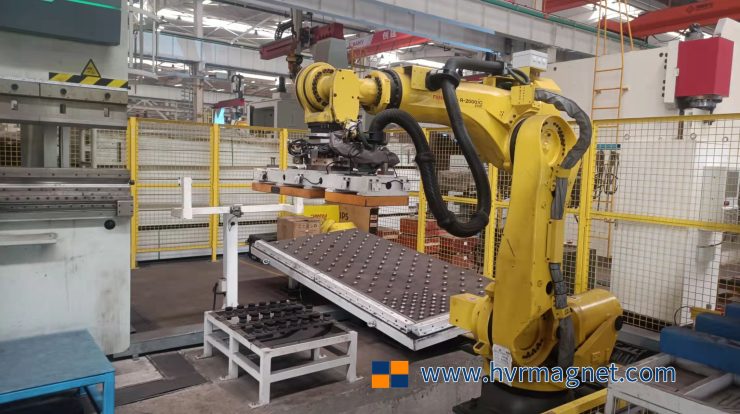Battery Powered Lifting Magnets: More Than Convenient
Keywords: lifting magnets, types of excavator attachments
Lifting magnets
While at the port, or laying rails, or in outdoor construction project, using electro permanent lifting magnets might not be as convenient as using them indoors, considering the electricity supply. That’s why battery powered lifting magnets becomes one of choices. They offer versatile and reliable magnetic solutions for various applications, with portable and efficient operation.
Battery powered magnet
What is Battery Powered Electro Permanent Lifting Magnets?
As the name suggest, these are a kind of electro permanent magnets but with battery supply. They hold every advantage of the normal electro permanent lifting magnets, such as:
Efficient: They combine the superiority of both permanent magnets and electromagnets. They require minimal set-up time and are able to lift and transport heavy materials quickly and easily.
Safe: The magnet is switched on by a short current pulse. The effective force is generated by permanent magnets. The safety factor 3:1 guarantees safe operation even with rough and contaminated workpieces.
Cost-Effective: Electric permanent lifting magnet is cost-effective in the long run, as it requires minimal maintenance and has a long service life. It also reduces the need for manual labor, which can save time and money.

On these basis, the advantages of battery powered magnets plus:
Low-Energy: A short current pulse is sufficient to activate/deactivate the magnet, so the energy consumption of electro permanent lifting magnets is 95% less than traditional electromagnets. With a fully charged battery over 600 cycles can be performed.
Ergonomic: They can be remotely controlled without an electric power cable. The operator can finish simple operation via push buttons on the control panel, or automatic switching via the built-in proximity switch.
battery powered magnet
How to Choose the Battery Powered Magnets
Hydraulicmagnet.com, specializing in electro permanent magnet manufacture, offers most advanced battery powered electro permanent lifting magnets.
HBEP Series: This series of products is designed for lifting small volume steel parts, with the characteristics of small size, light weight so they can be convenient placed.
HBEPP Series: This series is for lifting single steel plates with a minimum thickness of 6 mm. The battery group is equipped with a quick-changing system, ensuring a quick turnaround time for uninterrupted operations.
HBEPS Series: This series is for lifting various profiles. By lifting the profile evenly and distributing uniform force across its length, preventing any sagging, it provide a safe solution to lifting long steel profiles.
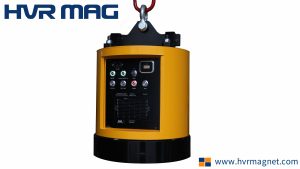
People Also Ask
Can excavator attachment’s functions similar to lifting magnet?
No, excavator attachments and lifting magnets have different functions. Excavator attachments, such as buckets or hydraulic hammers, are designed for tasks like digging, breaking, or lifting heavy materials using mechanical force. Lifting magnets, on the other hand, are specifically designed to attract and lift ferrous materials using a magnetic field. They are commonly used in scrap yards or material handling applications where the focus is on lifting and moving ferrous objects without the need for mechanical force.
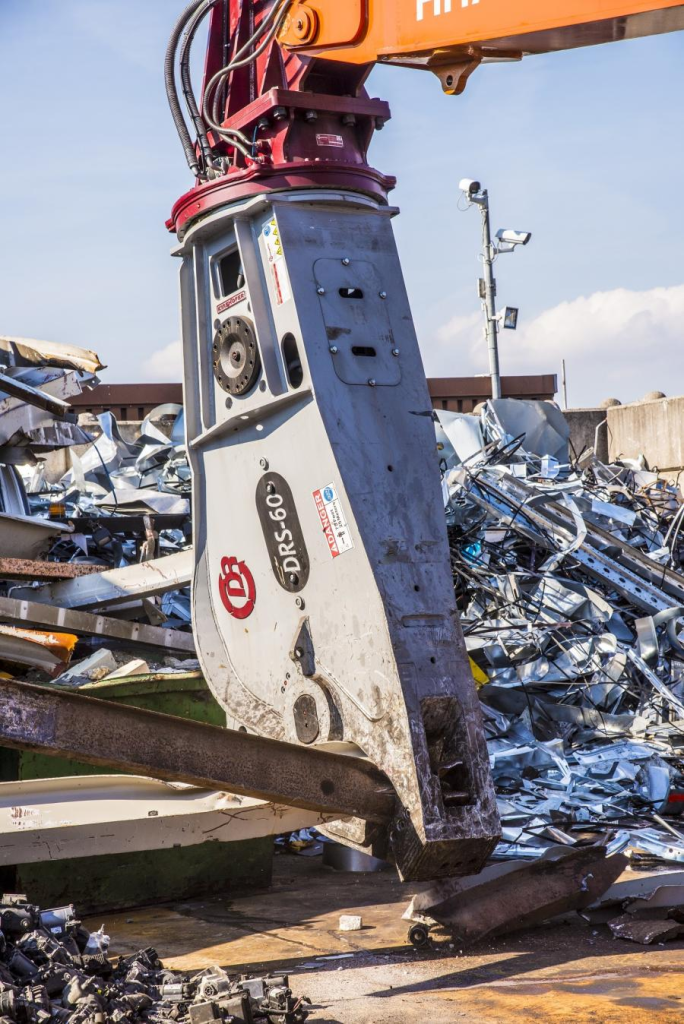
How many types of excavator attachments are there and what are their functions?

There are numerous types of excavator attachments available, each designed for specific tasks and applications. Some common types of excavator attachments and their functions include:
- Buckets: Used for digging, loading, and transporting materials such as soil, gravel, or debris.
- Hydraulic Hammers/Breakers: Designed for breaking and demolishing hard materials like concrete, rocks, and asphalt.
- Augers: Used for drilling holes in the ground, often for tasks like fence post installation or tree planting.
- Grapples: Ideal for grasping and handling irregularly shaped objects, such as logs, rocks, or scrap.
- Rippers: Used for loosening and breaking up hard-packed soil or surfaces.
- Shears: Designed for cutting and demolishing metal structures or scrap.
- Compactors: Used to compact and flatten soil, gravel, or other loose materials.
- Demolition Tools: Including pulverizers, crushers, or shears, these attachments are used for specialized demolition tasks.
- Tiltrotators: Provide enhanced versatility by allowing the excavator’s bucket or attachment to rotate and tilt.
- Thumbs: Used for grasping and manipulating objects, providing better control during material handling tasks.
These are just a few examples, and there are many other specialized excavator attachments available to cater to specific job requirements in various industries.

